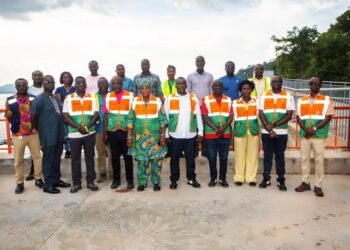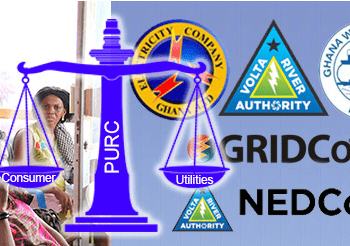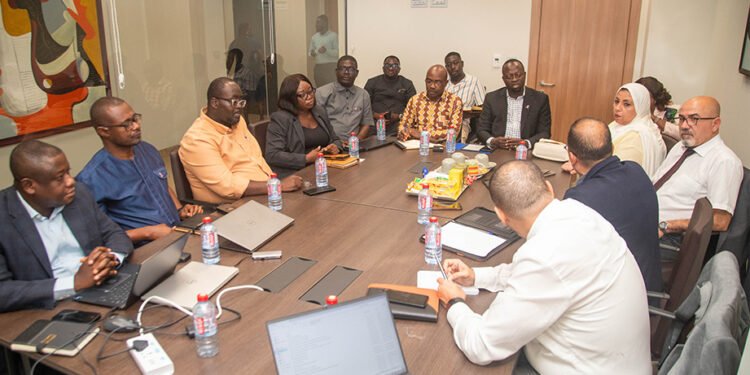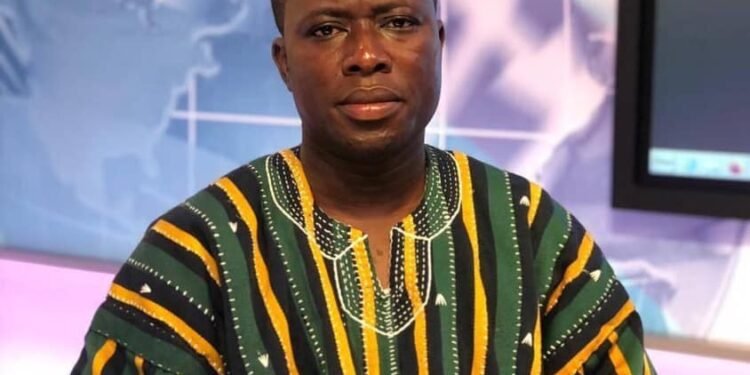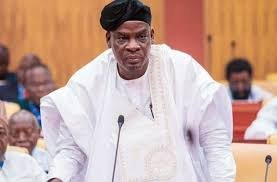The World Bank has announced a significant investment in Namibia’s energy sector, committing $138.5 million to bolster the country’s electricity transmission network and accelerate the adoption of renewable energy.
This landmark project, implemented by NamPower, Namibia’s state-owned power utility, marks a pivotal step towards enhancing the nation’s energy infrastructure and sustainability goals. The initiative primarily revolves around bolstering Namibia’s electricity transmission network through the development of the second Auas-Kokerboom transmission line. Additionally, it encompasses the establishment of a utility-scale battery energy storage system, marking a crucial step toward ensuring grid stability and reliability.
Satu Kahkonen, World Bank Country Director for Namibia stated, “The World Bank is delighted to support Namibia’s commitment to expand domestic energy generation with renewable solutions, consistent with the country’s Second Harambee Prosperity Plan.”
Namibia, much like many nations globally, is progressively pivoting towards sustainable energy sources to mitigate climate change risks and foster energy security. With the World Bank’s backing, NamPower aims to significantly enhance the integration of renewable energy into the national grid infrastructure. This move aligns seamlessly with global efforts to transition towards cleaner and more sustainable energy systems.
The financing package not only facilitates the physical development of transmission infrastructure but also extends crucial support in the form of technical assistance. This aspect is particularly pivotal as it empowers NamPower to explore and harness the full potential of renewable energy resources spread across the country. By leveraging technical expertise, NamPower endeavors to reduce reliance on energy imports, optimize demand management, and fortify grid resilience.
At the heart of this initiative is the development of the second Auas-Kokerboom transmission line, a critical component aimed at strengthening Namibia’s electricity transmission network.
This enhancement is expected to significantly improve the reliability and efficiency of the power distribution system, ensuring a more stable and consistent supply of electricity across the country.
In addition to the transmission line, the project includes the installation of a utility-scale battery energy storage system. This innovative feature will play a crucial role in managing demand peaks, thereby reducing the reliance on expensive peak-time electricity imports.
The integration of renewable energy sources, facilitated by this storage system, is a strategic move towards diversifying Namibia’s energy mix and reducing its carbon footprint.
Impact and Significance

“The project is one of the major strategic and crucial investments towards Namibia’s electricity transmission network. The line will be key to unlocking increased access to variable renewable energy within Namibia, as well as facilitate regional electricity trading.”
Kahenge S Haulofu, NamPower Managing Director
The implications of this investment are far-reaching, with profound socio-economic and environmental ramifications. Firstly, it underscores the World Bank’s commitment to fostering sustainable development and accelerating the energy transition in emerging economies. By channeling funds towards critical infrastructure projects, the institution plays a pivotal role in catalyzing progress and unlocking economic potential.
Moreover, the project holds the promise of generating employment opportunities and stimulating economic growth in Namibia. The construction and maintenance of transmission lines, coupled with the deployment of energy storage systems, will create a demand for skilled labor and ancillary services, thereby contributing to job creation and skills development.
From an environmental standpoint, the project represents a significant stride towards reducing carbon emissions and mitigating the adverse impacts of climate change. By facilitating the integration of renewable energy sources, Namibia can gradually decrease its reliance on fossil fuels, thereby curbing greenhouse gas emissions and promoting a cleaner, greener future.
However, despite the promising prospects, the success of the project hinges on effective implementation, rigorous monitoring, and transparent governance. It is imperative for all stakeholders involved to ensure that funds are utilized judiciously, projects are executed efficiently, and benefits are equitably distributed across society.
The World Bank’s investment in Namibia’s electricity project underscores the international community’s commitment to supporting developing countries in their transition to cleaner, more sustainable energy systems.
By providing financial backing and technical expertise, the World Bank is not only contributing to Namibia’s economic development but also promoting global efforts to combat climate change and achieve sustainable development goals.
This project represents a significant milestone in Namibia’s energy sector, promising to bring about tangible improvements in energy security, reliability, and sustainability. As the world grapples with the challenges posed by climate change and the need for sustainable energy solutions, initiatives like this one serve as a beacon of hope and progress, demonstrating what can be achieved through international cooperation and investment in renewable energy.
READ ALSO: Russia Accused Of Using Chloropicrin In War








